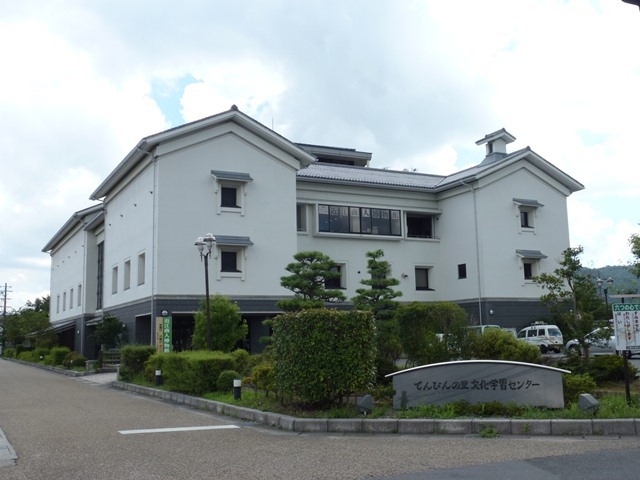
Omi merchant who hawked around the country with a body stick over his shoulder. The city of Higashi-Omi produced many Omi merchants during the Edo period. The museum will introduce the commercial law, education, school training, and art of the Omi merchant using images and models. In addition, there is also a corner where you can experience the weight of a pedestrian trip, a shop, and a body stick, a thousand boxes, and a back-to-back furoshiki. The Nakaji Merido Memorial Hall displays works by Japanese painter Nakaji Merito, who has been painting the original landscape of the lake country for the rest of his life.
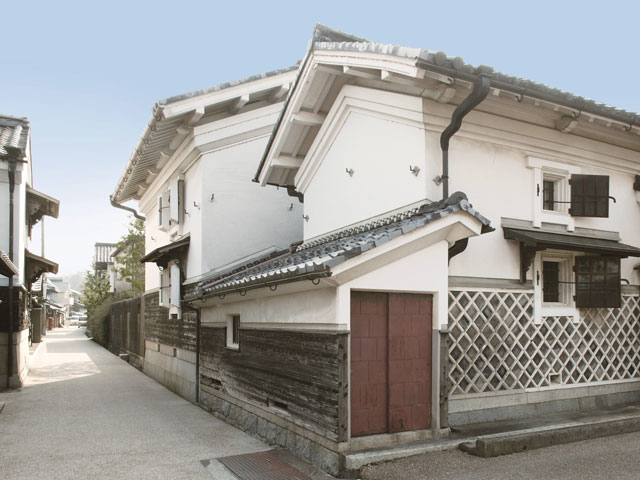
It was the birthplace of the Omi merchants and a town that flourished as a base for the Gotanso merchants who were active in the Middle Ages. The four surviving Omi merchant houses are open to the public, and the town of the Kindo district, where many of the walls of the wooden board and white walls remain, is a valuable one that has been selected as a national important traditional buildings preservation area and is also certified as a Japanese heritage site.
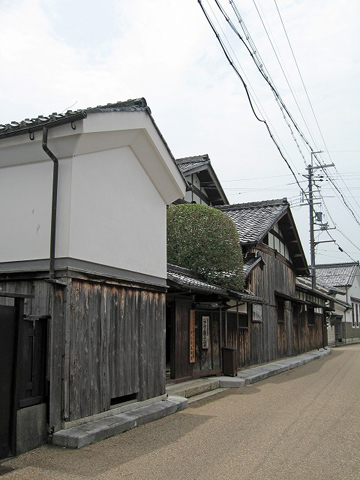
During the early Showa era, the main house of the Sannakai clan, who operated more than 20 department stores in places such as the Korean Peninsula and the Chinese continent, was credited as the "department store king". There is a two-story wooden main house, a storehouse and a garden on a site of about 1000 square meters. The storehouse displays Obata dolls and clay figures from all over the country.
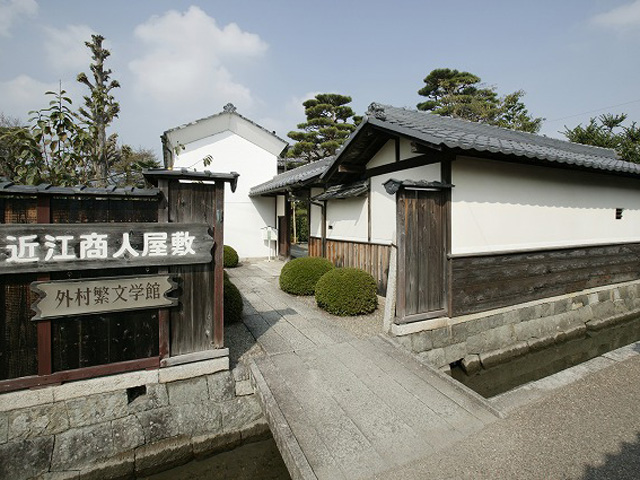
近江商人をテーマにした小説を発表し、『草いかだ』が昭和10年(1935)の第1回芥川賞候補として選ばれたほか、池谷賞や野間文芸賞を受賞した外村繁氏の生家。父・吉太郎は生粋の近江商人で、東京の日本橋と高田馬場に呉服木綿問屋を開いて活躍した。家族が生活した母屋や蔵が残る。外村繁の直筆原稿や書簡を展示した外村繁文学館も併設している。
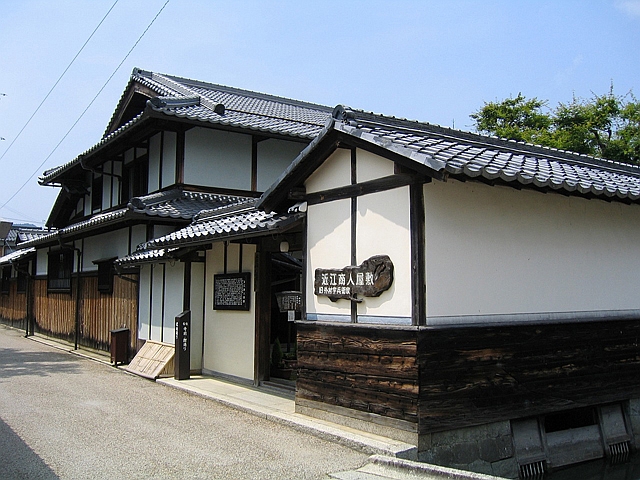
東京や横浜、京都などで呉服などの販売を手がけ、明治時代に全国の長者番付にも名を連ねた豪商・外村宇兵衛の本宅。往時には母屋や納屋、米蔵など10数棟の建物があった。屋敷の一部は取り壊されたが、東近江市によって復元された。
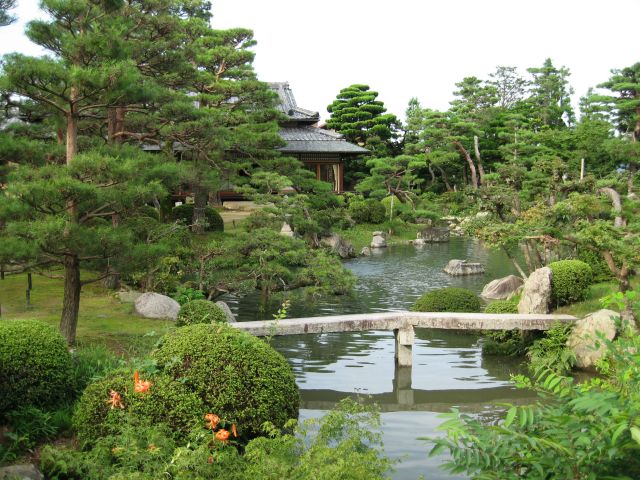
文化12年(1815)に初代藤井善助が行商後で始業、「スキー毛糸」の製造等で成功した大商人藤井彦四郎邸。屋敷は敷地総面積8155平方m、建物面積710平方mに及び、特に庭園は彦四郎自身の構想で珍石・名木を配し、琵琶湖を模した池を設け雅趣に富み雄大だ。建物は、豪華な総ヒノキ造りの客殿と彦四郎の生家を移築した質素な本屋等があり、その生き様を感じる事が出来る。また屋敷内では近江商人に関する歴史的資料や生活文化資料も展示している。

近江商人とは、近江(現在の滋賀県)に本拠を置いて全国で商業活動をしていた人々のこと。五個荘商人は江戸後期ごろから昭和戦前期にかけて活躍した。商人の数が多いこともあり、明治時代には呉服や麻布などの繊維製品を中心に商いを進めて商業範囲を広げていった。そんな五個荘商人の屋敷群が、五個荘金堂[こんどう]地区にあり、3軒が一般公開され、近江商人の暮らしぶりがうかがえる。
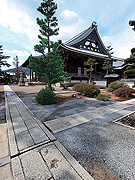
弓の名手・那須与一の孫である愚咄坊が開基したという、真宗大谷派の寺院。表門の瓦には那須与一に由来した扇の紋がある。犬上郡石畑に建設されたが、天正9年(1581)に現在地の金堂地区に移転した。本堂は京都・東寺の五重塔などを手がけた棟梁による、大きな屋根が印象的。間口30m、奥行35mで滋賀県下2番目の大きさを誇り、国の重要文化財だ。
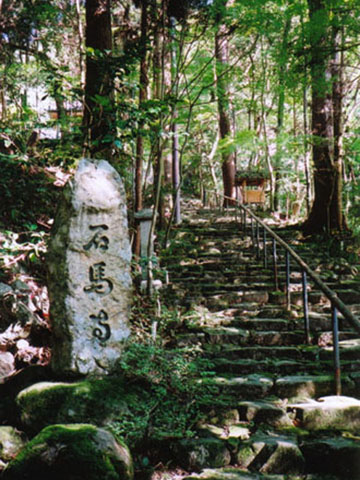
「馬の寺」とも呼ばれる古刹。聖徳太子が松に馬をつないで山へ登り、戻ってみると馬が池に沈み石になっていたという伝説に由来する。境内には本堂や大佛宝殿などが立ち、大佛宝殿には役行者腰掛像、十一面観音菩薩立像や大威徳明王牛上像など重要文化財が11躰安置されている。
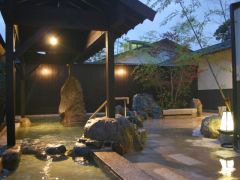
永源寺の門前にある温浴施設。「瑞石の湯」「紅葉の湯」の2つの大浴場は、金曜に男女が入れ替わる。内湯は太い梁が天井にわたり、温泉に6種類の生薬を入れた薬草風呂も好評だ。その外の渓流沿いの露天風呂には、寝転びの湯・蒸し風呂なども備えられ、情緒ある造り。館内には岩盤浴や湯上がり後に館内着でくつろげるTV付リクライナー75台が揃うリラクゼーションルーム、そば・岩魚・すき焼などが味わえる食事処も併設。











